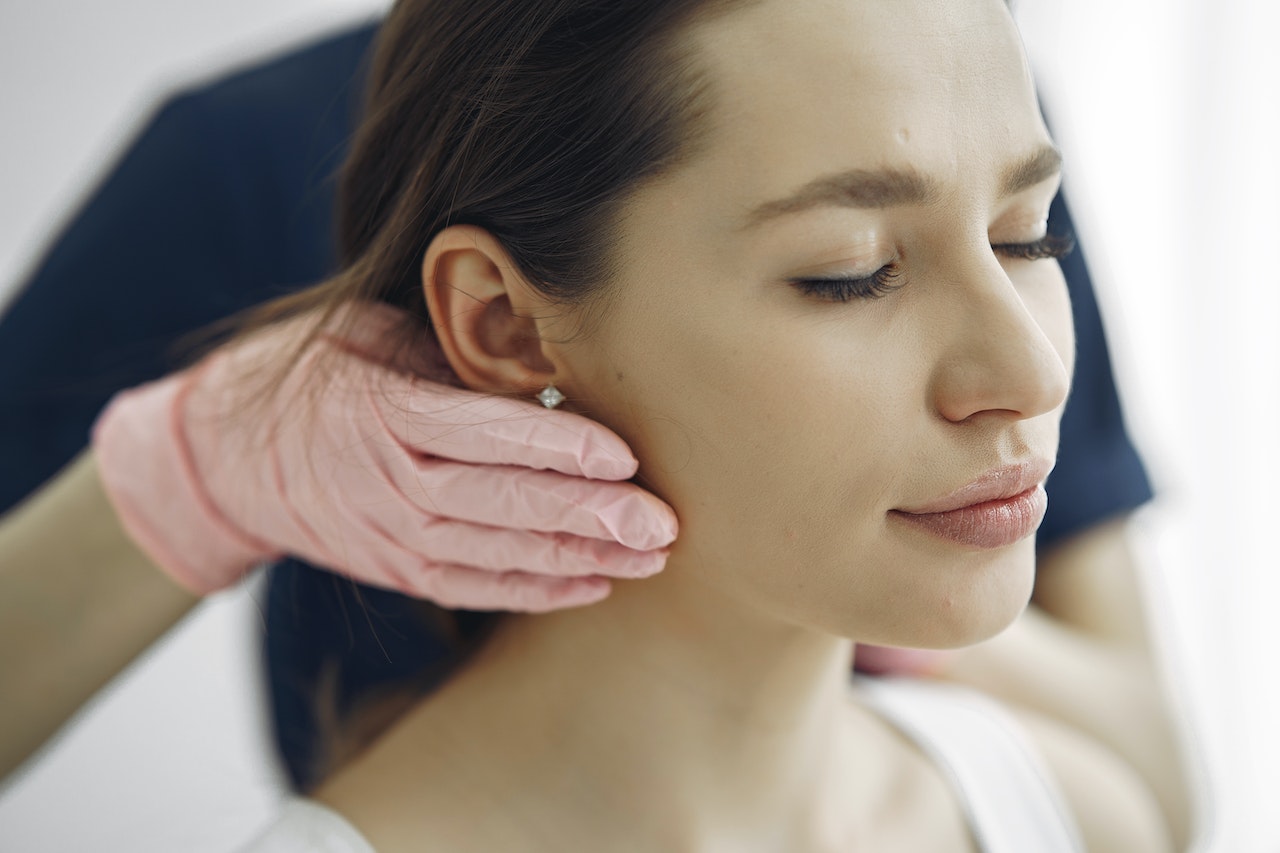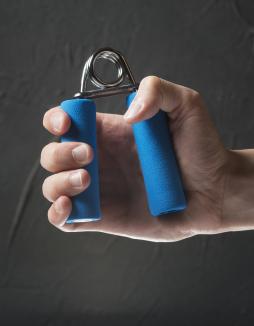How to do skin Exfoliation
Each skincare regimen must include exfoliating the skin as a necessary step. Dead skin cells are removed, clogged pores are cleared, and the general texture and look of the skin are all improved. Yet, exfoliation may be a little scary for people who are unfamiliar with it or are unclear about how to conduct it properly. In this post, we'll walk you through the exfoliation process and give you pointers on how to do it safely and successfully. We've covered you, from picking the best exfoliating products to implementing them into your beauty regimen. Now let's begin the trip to supple, radiant skin!
Why is exfoliation important?
- The first step in any skincare regimen should be exfoliating your skin. Smoother, brighter, and more youthful-looking skin is the consequence of its ability to remove dead skin cells, clear clogged pores, and promote cell regeneration. It is possible for your skin to get overrun with dead skin cells, which might make it seem rough, drab, and harsh. Also, this could lead to clogged pores, which might subsequently cause skin issues like blackheads and acne. Regular exfoliation can help to stop this buildup of dead skin cells and will promote healthy skin regeneration.
- Exfoliation may not only make your skin seem better, but it can also make your other skincare products work better. Your face moisturizer, serum, and other skincare products will be more effective if you remove dead skin cells since this will help them to enter deeper into your skin.
- Too much exfoliation might cause the skin to become more irritated and red than it already is. Experiment with different exfoliating methods and frequencies to find out what compliments your skin. When done with the appropriate mindset and tools, exfoliating your skin may be a game-changer.
Different types of exfoliation
Physical and chemical exfoliation are the two most prevalent procedures worldwide.
Dead skin is physically removed during a physical exfoliation by using an abrasive substance or instrument. The use of a scrape, brush, or any other kind of exfoliation instrument is acceptable here. Selecting a product that works well with your skin's pH and feel will reduce the likelihood of a reaction. Oily and mixed skin benefit the most from a physical exfoliation.
In chemical exfoliation, dead skin is loosened and dissolved with the use of chemicals like alpha-hydroxy acids (AHAs) and beta-hydroxy acids (BHAs). Yet, because of their oil solubility, beta hydroxy acids (BHAs) may be able to enter deeper into the pores than alpha hydroxy acids (AHAs) and hence provide a more profound effect. For this reason, persons with dry or sensitive skin should choose for chemical exfoliation instead.
There are advantages to both physical and chemical exfoliation, but it is important to choose the approach that will work best for your skin type and problem areas. It's vital to prevent over-exfoliating since it may lead to skin redness, irritation, and even injury. Once or twice weekly exfoliation is a good starting point; if your skin responds well, you may increase the frequency. Consistent exfoliation, using the right method and products, will eventually lead to smooth, face serum for glowing skin.
How to do skin exfoliation
1. Choose Right Product: There are two main categories of exfoliators to consider when making your selection: physical and chemical. Chemical exfoliants, such as alpha-hydroxy acids (AHAs) and beta-hydroxy acids (BHAs), dissolve dead skin cells, whereas physical exfoliators employ small grains to physically remove them. You should pick the one that addresses your specific skin issues and type.
2. Start with Dry Skin: Before you begin exfoliating, make sure your face is clean and dry. The efficacy of the exfoliator will be improved if you do this.
3. Apply exfoliator: If you are using a physical exfoliator, scoop a pea-sized amount onto your hands, and then massage it lightly into your face using circular motions. To use a chemical exfoliant, saturate a cotton pad with the product and gently wipe your face, avoiding the eye area.
4. Wash Properly: After you've finished exfoliating your face, wash it off with lukewarm water and pat it dry with a fresh towel.
5. Apply moisturizer: After exfoliating, moisturizing is essential for maintaining healthy, supple skin. Lock in moisture by applying a moisturizer to your face and neck.
To avoid irritating your skin, exfoliate only as needed. Depending on your skin type and your goals, you should exfoliate once or twice weekly. You may exfoliate your skin in a way that is both effective and safe by following these instructions.
Common Mistakes to Avoid
To prevent skin damage, it is necessary to exfoliate properly, since this is an integral aspect of any skincare programme. Learn from these typical blunders and exfoliate like a pro:
1. If you exfoliate too often, you risk damaging your skin's protective barrier and triggering redness and irritation. Finding an exfoliating routine that suits your skin type and addresses your issues is essential. First, exfoliate once or twice weekly, and then raise it if necessary depending on your skin's reaction.
2. Exfoliating on broken skin: When you exfoliate skin that is already damaged, it might make the condition worse. Don't exfoliate again until your skin has completely recovered.
3. Skipping sunscreen: Avoiding sunscreen is like leaving your skin vulnerable to the sun after exfoliating. After exfoliating, you should immediately apply sunscreen to prevent sun damage.
4. Using expired products: Skin care products that have passed their expiration date might be useless or even hazardous. Exfoliating products have a shelf life, so it's important to replace them before they run out.
In conclusion,If you want glowing, healthy skin, exfoliating is an absolute must. Dead skin cell removal and pore unclogging are two ways to get better skin tone, texture, and overall look. It's crucial to avoid common errors like over-exfoliating, using harsh products, and missing sunscreen by selecting the appropriate method of exfoliation for your skin type and issues. Exfoliating the skin may be an efficient and risk-free approach to have a healthier glow and a more youthful appearance. Take the time to learn what your skin requires, and include exfoliation into your regimen, and your skin will thank you.












